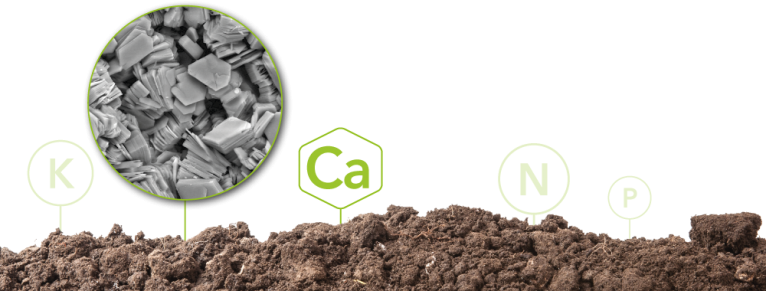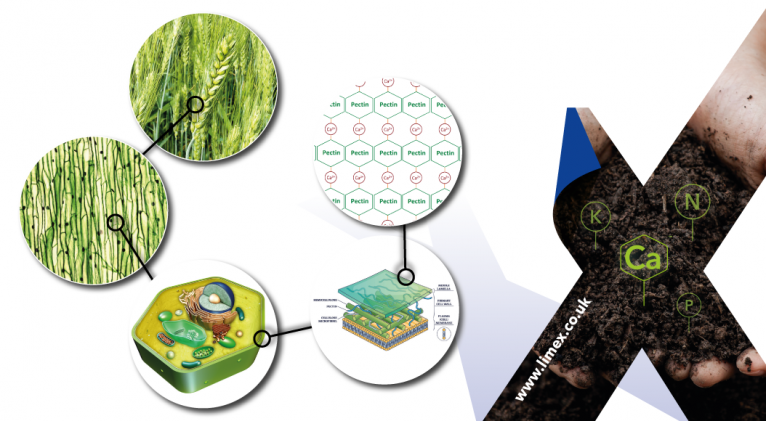LIMEX HELPDESK
Contact LIMEX for free advice:
Need FREE advice?
Talk to the LimeX team

Thu 4 July 2024

It’s easy to forget Calcium when designing a nutrient management plan for your soils as its not a common inclusion on soil analysis requests and is thought to be addressed with an intermittent application of lime for pH amendment.
Calcium however is of vital importance to the health of crops, the nutrition of livestock and health and workability of the soil on your farm and must be considered as part of any sustainable farming system.
Most forms of Calcium are very insoluble, particularly Calcium Carbonate, the form found in most liming materials. The only way to increase the solubility and therefore the availability of the Calcium within the liming product is to decrease the particle size – picture a teaspoon of sugar vs. a sugar cube dissolving in a cup of tea. The finer the particle size the faster the material dissolves in the soil solution and the more available it is to the plant.
LimeX has the finest and most consistent particle size of any liming material on the market at between 2-15 microns (1000th of a mm) and provides approx. 220kg of Calcium per tonne applied.

Calcium has a unique property in increasing the flocculation and workability of clay soils. Unlike sands and silts, clays made up of layers of negatively charged aluminium and silicon ions.
These negatively charged layers are what gives clays such high nutrient holding capacity (or cation exchange capacity – CEC) as the positively charged nutrients stick to the surface of the clays rather than leaching away.
When clays are wet and compact and saturated with ions that do not hold these layers together they will ‘disperse’ and slump creating huge aggregates that do not allow aeration and drainage and are difficult to work.
Calcium ions have two positive charges which allows them to hold clay layers together to form a cohesive cluster or ‘floc’. This is a process called ‘flocculation’ and the result is a soil which is easier to work with better aeration and drainage promoting higher biodiversity and more expansive healthier rooting systems.

Including playing a key part in cell signalling and enzymatic function Calcium’s key role in the plant is in the cell wall structure.
Cell walls are made up of pectin molecules held together by Calcium ions. A deficiency of Calcium ions through lack of availability from the soil will lead to weaker cell walls which are more likely to break causing calcium deficiency symptoms like internal rust spot in potatoes or bitter pit in apples.
This also allows the ingress of pathogens into the plant – common examples of where calcium deficiency can lead to infection are clubroot in brassicas and cavity spot in carrots.
As UK agriculture moves toward a more regenerative model of farming with less reliance on artificial pesticides and fertilisers, it has never been more important to give your crops the be form of protection against disease.

For more information or to speak to one of our FACTS Qualified advisers contact:
Thu 4 September 2025
Over 50% of arable soils are below the target pH of 6.7 recommended in...